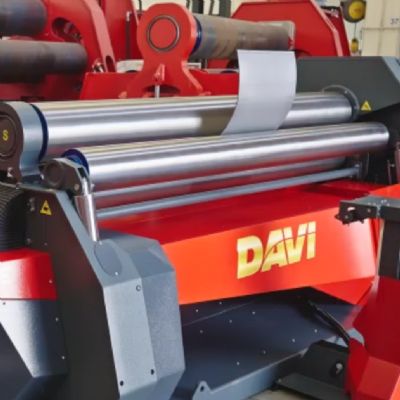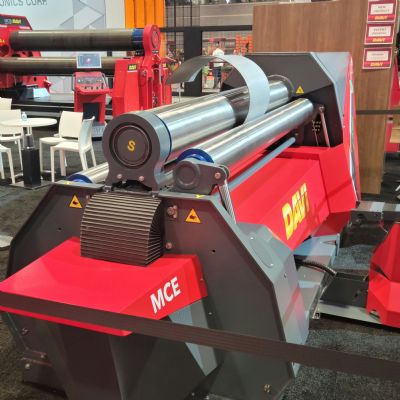 George Keremedjiev
George KeremedjievRethink Everything
November 1, 2009Comments
“Rethink everything. No exceptions.” This is the mantra that I have recently adopted with my clients and seminar attendees. For those who are adept at using electronic sensors within their tooling and value-added operations, this call to revisit all activities is much more easily achieved than for those who have little if any mistake-proofing sensors embedded throughout their processes. For most metalformers, part volumes are a shadow of what they once were. Armed with sensor expertise, the best companies are literally combing through every facet of their operations in search of more efficient manufacturing methods to cope with lower-volume orders.
Downsizing employee counts and lean manufacturing are not enough. One needs to go deeper into the dies and assembly processes themselves and question all physical assumptions about the actual tooling and machinery. Hold back nothing. No sacred cows, especially when it comes to tooling. You and I have seen these past two decades usher in extremely efficient and innovative tooling designs driven by high-volume orders. Electronic sensors were primarily used in these dies to patrol the repeatability of the mass-production process. Many times, the dies were designed and the sensors put in place afterwards to monitor the process.
In the new thinking, sensors become the drivers for the design process. Where a complex one-station mechanism was the to go for higher volumes, now perhaps a two-step process that is much lower in cost is the to go. Our designer warns us that this latter approach may have a drawback as there may be a greater chance of mechanical failure within the two steps. This is where the sensors come in. If the rethinking process can save us thousands of dollars in tooling components then it would be wise to incorporate the electronic sensors at the design stage to re-engineer the designer’s thinking and turn it into a reality. The electronic sensors are, for the most part, very inexpensive. The real challenge is to get the tooling designer to work comfortably and in real time with your company’s sensor-applications expert so that the lower cost approach to the tooling becomes realistic.
The same applies to any value-added processes that follow the metalforming operations. Revisit your assembly areas to see if the next generation of a similar process could not be simplified further and at a lower cost than the current mechanisms. Many value-added operations were designed in years past and optimized over time to handle large volumes of assembled parts. With many of those volumes dropping precipitously, it would be wise to assume that perhaps the over-engineered high-volume concerns of the past may no longer apply to current part volumes. This rethinking too must be done hand-in-hand with your company’s sensor-applications expert.
All next-generation assembly machines, for example, may have to be brought in line with the lower volume expectations and, consequently, what worked and was justifiable in the world of high volumes for value-added may not at all be realistic and profitable to maintain in the world of diminished orders.








